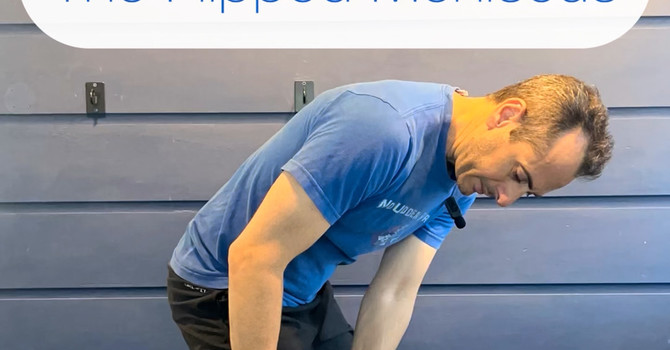
Have you ever stubbed your toe, bumped your elbow, or banged your shin, and your very first reaction was to rub the sore spot? It turns out this instinctive response isn’t random—it’s backed by science. The reason rubbing helps ease pain can be explained by something called the Gate Control Theory of pain.
Inside your nervous system, there are different types of nerve fibers that carry signals to the spinal cord and brain. The slower fibers, known as C-fibers, are responsible for transmitting pain signals. On the other hand, the faster fibers, called A-beta fibers, carry touch and pressure sensations. When you hurt yourself, the C-fibers quickly get to work sending pain signals upward. But when you rub the area, the A-beta fibers fire much faster than the pain fibers. This speed advantage allows them to essentially “close the gate” in the spinal cord, blocking many of the slower pain signals from reaching your brain.
This process explains why rubbing, massaging, or applying gentle pressure can make pain feel less intense. By stimulating touch receptors, you’re not just soothing yourself—you’re actually hacking into your nervous system to help control how much pain you feel.
So next time you instinctively rub a bruise or massage a sore spot, remember: your body already knows the science. You’re taking advantage of the Gate Control Theory to naturally turn the volume down on pain.

Dr. Steve Muscari
Contact Me
.jpg)



